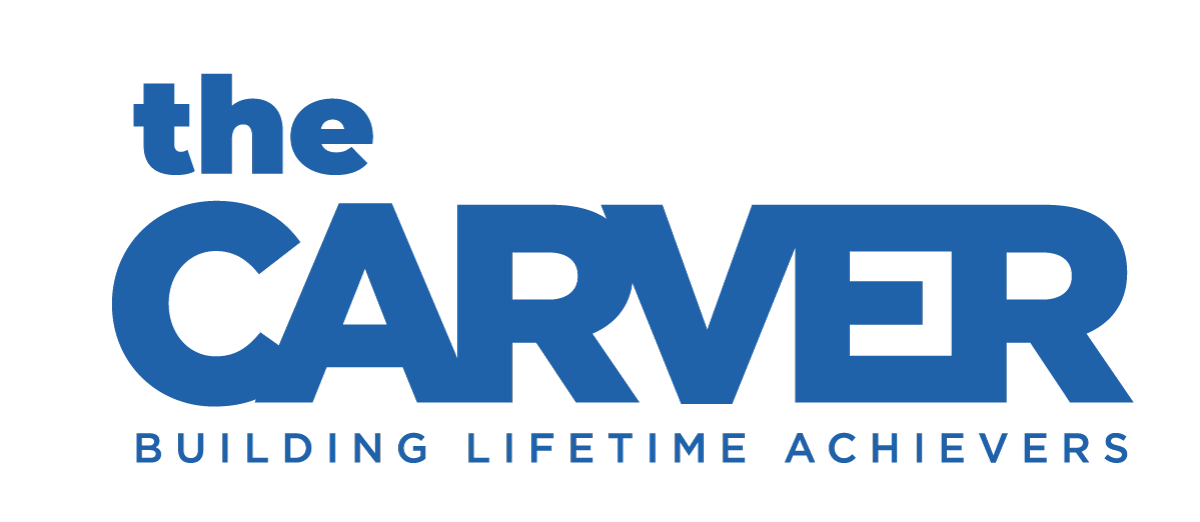Carver received a bachelor's degree in 1894 and was invited to join the faculty (again the first black) as an assistant botanist for the College Experiment Station. He published work on plant diseases and fungi, gaining national recognition and a master's degree.
Booker T. Washington invited Carver to join the faculty of the Tuskegee Normal and Industrial Institute in Alabama in 1896, and Carver became its director of agricultural research. Carver sought to revitalize Southern agriculture through research, education, and diversification.
The continuous cultivation of single crops (cotton in some places, tobacco elsewhere) had seriously depleted soils throughout the South. Carver recommended planting peanuts, soybeans, and other legumes because these could restore nitrogen to the exhausted and eroded soil. He also advised Alabama farmers to plant sweet potatoes.
The first farmers to follow these suggestions got good results, but couldn't find the market to make their new crops profitable. So Carver set about finding new uses for the crops.
Besides peanut butter, he developed 325 derivative products from peanuts, including cheese, milk, coffee, flour, ink, dyes, plastics, wood stains, soap, linoleum, medicinal oils, and cosmetics. He also came up with 118 sweet-potato products: flour, vinegar, molasses, ink, synthetic rubber, and postage-stamp glue, etc. Add to that another hundred or so products from another dozen plant sources.
Carver carried the Iowa State Extension idea to the South, encouraging the teaching of new techniques to local farmers in their own communities. The boll weevil pest was destroying the South's cotton economy, and Carver's contributions came just in time to save -- and transform -- the region's agriculture.
He stayed at Tuskegee for the rest of his life, turning down job offers from other colleges and from industry magnates Henry Ford and Thomas Edison. Praised by many white leaders for his scientific contributions and his cooperative attitude, he was criticized by some black leaders for what they felt was excessive deference.
By the time of Carver's death, peanuts had risen from insignificance to one of the six leading crops in the nation -- and second in the South. Among many other honors, Carver is enshrined and honored in the National Inventors Hall of Fame and the Hall of Fame for Great Americans — and here in Norwalk, CT!

















